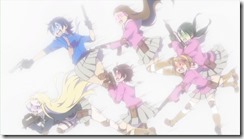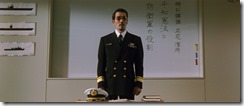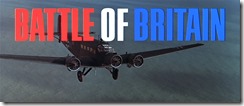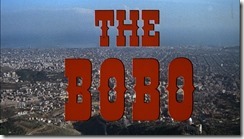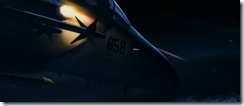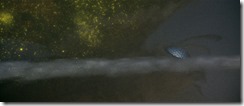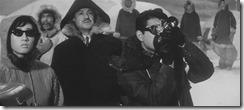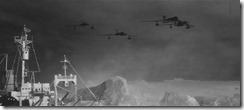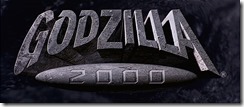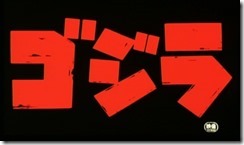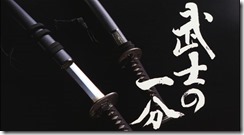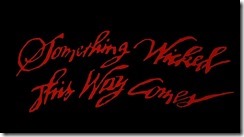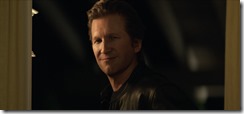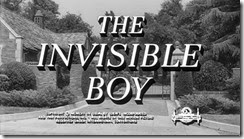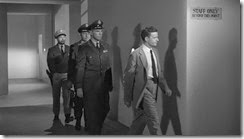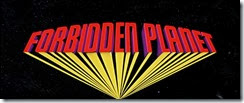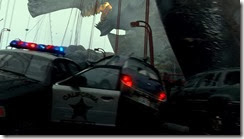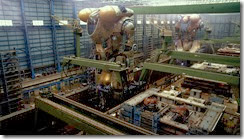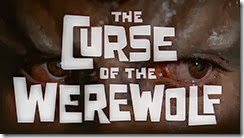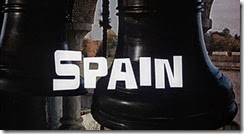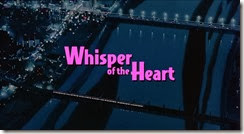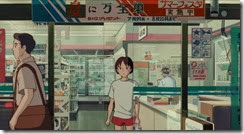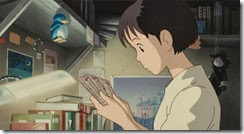aka Daikaiju Baran
When Toho Studios was approached by an Americans network to make a giant monster TV movie, they turned to the crew who made Gojira and Rodan for the debut of a new kaiju. With a lower budget than the previous monster movies, Varan was meant to combine all the aspects of all the previous kaiju into one monster. That was either going to be biggest success yet or an epic failure. What do you mean you’ve never heard of Varan? He’s unbelievable! That much I’ll agree on…

If you have even heard of Varan, you are probably thinking of the U.S. version that came out four years after the Japanese version. According to what I’ve read, it only has fifteen minutes of footage from this release and is a mess. After watching the origininal three times in a row, I want to say that might be an improvement. Buckle up, this review is going to be a bumpy ride.
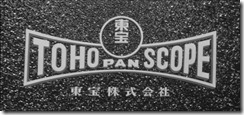
See that above? You’ll never see that on another Toho film. That was a one off marketing gimmick before they settled on Tohoscope for their widescreen movies. It was the fact that Varan the Unbelievable was the first kaiju film to take advantage of the new format that made me want to own it.
Whereas Rodan was the first in color, this lower budget film was commissioned to be in B&W by the U.S. network. A good chunk of the movie was filmed in standard 4:3 before the decision was made by Toho changing over to anamorphic widescreen for a theatrical release domestically. They ended up cropping the early footage to match the anamorphic. So if you think some of the shots vary in quality, your eyes aren’t fooling you.
Alright, enough with the background, let’s get to the story!

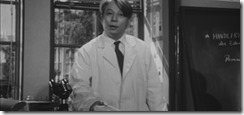
The best part of the movie occurs at the start, which consists of the main title flashing by in front of a scary looking statue before fading into credits scrolling over a matte painting. What’s so great about that, you wonder? The theme. Composed by Akira Ifukube it combines his typically dark sound with chanting to create a sinister sense of urgency that would have fit in a serious horror movie of the period.
Sadly that ends and the movie really begins. Since this is a story about a giant monster, we get treated to the sight of a rocket blasting off. What does it have to do with the story? Absolutely nothing. It’s there just to look cool and take advantage of the space race hoopla beginning.
Next we meet a scientist, the dramatically coiffed Professor Sugimoto (Koreya Senda), lecturing some of his assistants and the audience directly. This partial breaking of the fourth wall does not happen again, just like the rocket launch. Oh and before I forget, the subject was butterflies, I think.


